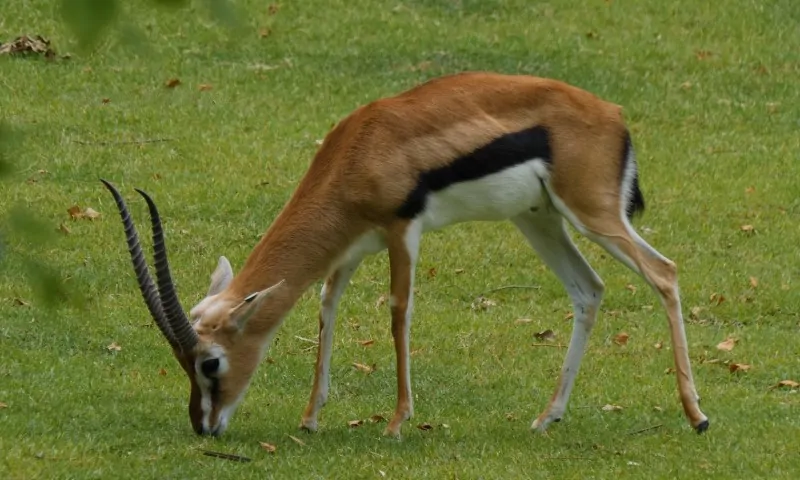When it comes to horses, there’s something almost magical about their ability to carry us across great distances.
I’ve always been fascinated by these incredible creatures. It’s not just their beauty or strength but the sheer stamina that captivates me. I often find myself wondering: how far could a horse travel in a single day if everything fell perfectly into place?
Table of Contents
ToggleThe Horse Is Nature’s Long-Distance Traveler

Horses have played a crucial role in human history, especially as a means of transportation. Imagine the days before cars, trains, or planes—when horses were our most reliable way to get from one place to another.
Their endurance and strength made them indispensable for journeys that spanned miles. But how far could one go in a day, really?
Factors That Determine Distance
A horse’s ability to cover ground depends on several factors. Let’s break it down a bit.
Breed and Conditioning
Just like us, horses come in all shapes and sizes, and some are better suited to long-distance travel than others.
Breed
Take the Arabian horse, for instance. These horses are built for endurance, and if you’ve ever seen one in action, you’d understand why they’re known to cover 50 to 100 miles in a day.
Compare that to a draft horse, which is more about muscle and power than speed or distance. Draft horses are fantastic when it comes to pulling heavy loads, but they’re not going to win any long-distance races.
However, an average horse will likely travel between 25 and 50 miles in ideal conditions.
Conditioning

Even within a breed, conditioning plays a huge role. A horse that’s been trained for endurance—getting regular exercise, eating a well-balanced diet, and gradually increasing its travel distances—will naturally be able to cover more ground.
It’s like training for a marathon. If a horse isn’t well-prepared, even a shorter journey can take a toll on its stamina.
Terrain and Weather
Where the journey takes place is just as important as the horse itself.
Terrain
Flat, smooth roads or trails are a horse’s best friend. They allow for a steady pace, enabling the horse to maintain energy and cover more miles. But throw in some rocky or mountainous terrain, and things get a lot tougher. Every step on uneven ground requires more effort, slowing down the horse and reducing the overall distance it can travel.
Weather Conditions
Ideal weather? Think moderate temperatures, no extreme heat or cold, and low humidity. Horses, much like us, struggle in extreme conditions. Too hot, and they risk heat exhaustion; too cold, and their muscles tighten up, making travel more difficult.
The Role of the Rider (Pacing and Care)

The person in the saddle plays a critical part in how far a horse can go.
Finding the Right Rhythm
It’s all about balance. If a horse is pushed too hard too soon, it won’t last the day. Alternating between walking, trotting, and the occasional canter is key.
Walking should be the go-to speed for most of the journey, with short bursts of faster gaits to cover more distance without wearing the horse out. This strategy ensures the horse remains strong throughout the journey, rather than fizzling out halfway.
Rest and Hydration
Regular breaks are a must. A horse isn’t a machine; it needs time to rest, drink, and eat. These pit stops prevent exhaustion and injury.
Hydration is especially crucial because horses lose a lot of fluids through sweat, particularly in warmer conditions. Skipping these breaks would be like trying to run a marathon without stopping for water—it just won’t end well.
Historical Journeys on Horseback
Think back to times when horses were the primary mode of transportation. Whether it was cavalry soldiers on the move or postal services delivering messages across vast lands, horses were relied upon to cover significant distances.
Historical Records
Cavalry horses, for example, often covered 30 to 40 miles in a day under moderate conditions. When it comes to the Mongolian horsemen, who were legendary for their endurance, their horses could exceed 100 miles in a day. It’s pretty astounding when you think about it.
Modern Applications
Even today, endurance riding competitions test the limits of horse and rider. These events, which can range between 50 to 100 miles a day, show that with the right preparation and care, horses can still perform incredible feats.
So, How Far Can a Horse Really Travel?

Let’s say you’ve got an Arabian horse in top condition. The terrain is mostly flat, the weather is mild, and the rider knows how to pace the horse well, allowing for regular breaks. In that scenario, you’re looking at a potential range of 50 to 100 miles in a day.
However, for the average horse under reasonably good conditions, 25 to 50 miles is more realistic. It’s important to remember that every journey is unique. The horse’s health, the terrain, and the weather all play significant roles in determining the final distance.
Some Extra Considerations
When planning a long ride, there are a few additional points worth considering:
- Terrain Changes: The mix of terrains along the route can affect the total distance. A ride that starts on flat ground but moves into hilly areas will naturally slow the horse down.
- Horse’s Age: Younger horses might have the stamina for long rides, but they may lack the experience to pace themselves well. Older horses might know how to pace themselves but could tire more easily.
- Equipment: The saddle and tack need to fit well. Poorly fitted equipment can cause discomfort or even injury, which would cut the journey short.
Every Horse, Every Journey
In the end, how far a horse can travel in a day depends on many variables. It’s not just about the horse itself, but also the journey, the conditions, and the care taken by the rider.
With everything in perfect harmony, a horse can achieve remarkable distances. But even in less-than-ideal circumstances, a well-cared-for horse can still cover a respectable amount of ground.
Whether it’s a historic cavalry ride or a modern endurance competition, the bond between horse and rider is key. Treat the horse with care, respect its limits, and marvel at just how far you can go together. The journey is always worth it.
Related Posts:
- How Far Can a Horse Walk in One Day Across Varied Terrains
- Travel and Memories - Souvenirs That Tell the Story…
- What Do Spider Eggs Look Like and Where Can You Find Them?
- What’s the Maximum Time a Mouse Can Live Without Food?
- How Long Can a Lion Endure Without a Meal? Survival…
- Can Tarantulas Be Good Pets? Pros and Cons of Ownership







